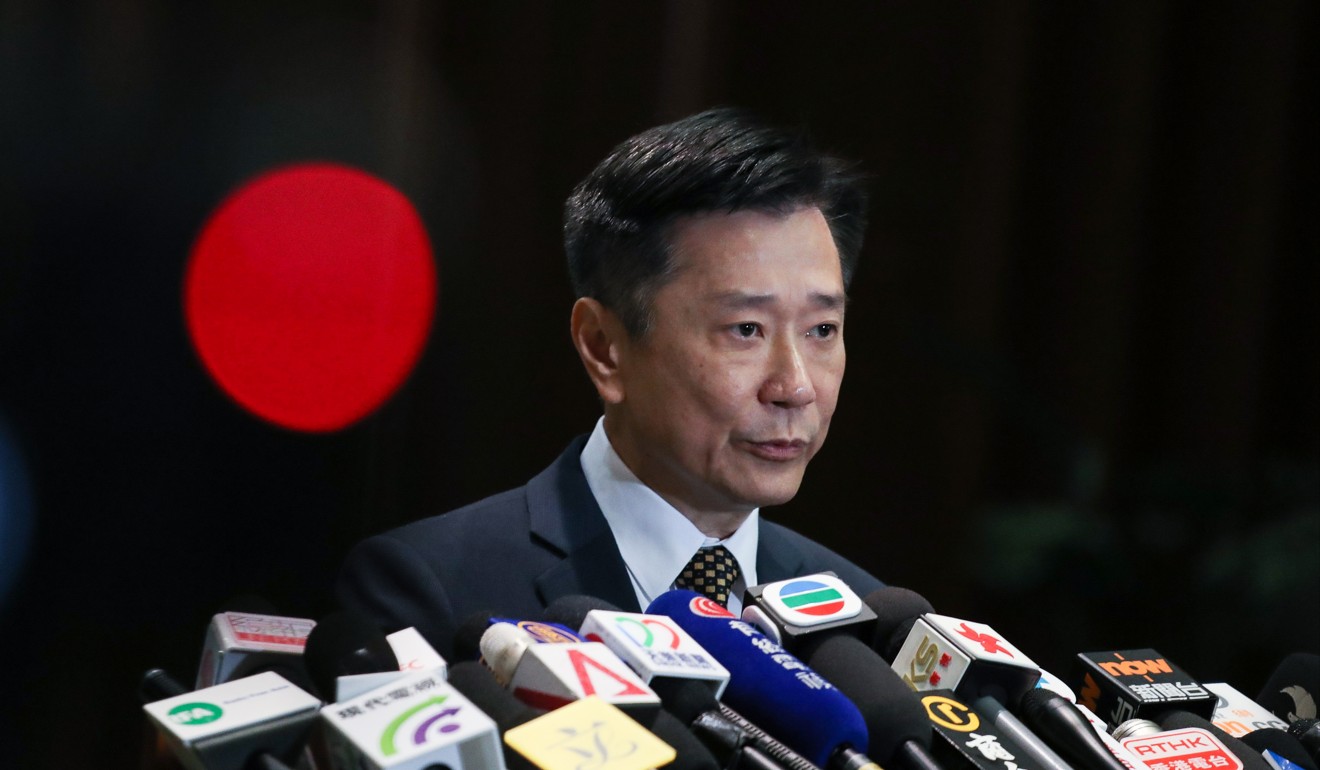
Hong Kong harbour light show ‘needs new wow factor’ to halt decline in visitor numbers say tourism stakeholders
Revamping planned later in year with eye to better developing city’s brand
Tourism stakeholders in Hong Kong have urged the government to place innovation and creativity at the fore of revamping A Symphony of Lights, the nightly laser show involving skyscrapers on both sides of Victoria Harbour, as visitor numbers are falling.
Launched in 2004 and described by the Guinness World Records as the largest permanent light and sound show on the planet, the attraction peaked at 1.8 million attendees in 2011.
But the wow factor and crowds have since declined. The Hong Kong Tourism Board, which promotes the show, said figures fell to 1.77 million in 2014, and 1.45 million in 2015.
The existing show is to run until the fourth quarter of the year, when it will be replaced by the revamped show, a Tourism Commission spokesman said, aiming to develop Hong Kong’s “own brand of light attraction”.
Expenses are shared between the government and the participating buildings, which pay for their lighting installations and other costs such as electricity.
It is sad there are not more open spaces for the community and visitors to enjoy the fabulous skyline
The city earlier this year had budgeted HK$243 million to improve tourist attractions, including light shows. The commission said its survey found visitors who had watched the show were “generally satisfied” with it.
However, stakeholders of the show viewed the overall setting as inadequate.
Jennifer Cronin, president of Marco Polo Hotels, which operates three hotels at Harbour City shopping mall located near the show in Tsim Sha Tsui, urged “more accessible points, parklands and walking pathways around the harbour” for people to enjoy.
“The harbour is our stage for the global traveller,” she said. “When compared to other international harbour cities, it is sad there are not more open spaces for the community and visitors to enjoy the fabulous skyline.”
She claimed more innovation was needed to enhance the show. “The light show could be linked to an app that synchronises music or accompanies videos of the story of the city and how the harbour has been the lifeblood of the city for many years.”
Tourism sector lawmaker Yiu Si-wing said the show was important because, as an evening event, it helped lengthen tourists’ visits.

“The atmosphere was very good. But since it closed, there’s no focal point to watch the show.”
Yiu added the format now lacked “freshness” and believed it could be revamped every two years in future to heighten its appeal.
He suggested enhancing lighting on signature buildings such as Bank of China and Two IFC to offer the show a better focal point.
Vincent Lam, chairman of listed outdoor media company Asiaray, said the show could make better use of the space adjoining the harbour.
“We could make use of new technology and have projections onto some buildings,” he said. “We could make use of the sea and create a screen of water, or even several water screens interacting with one another.”
Lam also suggested greater audience engagement. “We should do more on the software part. Imagine if we could have tourists’ photos projected onto a building. We could also use virtual reality technology and combine the photos with the neighbouring environment and put it on social media.”
But Mathias Woo Yan-wai, artistic director of cultural organisation Zuni Icosahedron, said the show did not offer value for money. He proposed an annual digital visual festival or light shows with different themes by both local and international artists, similar to fireworks festivals in Japan.
Cronin called the show improvements “a good step” but said much more needed to be done “in terms of new infrastructure and tourism products if we’re serious about regaining our position as a leading Asian city”.

